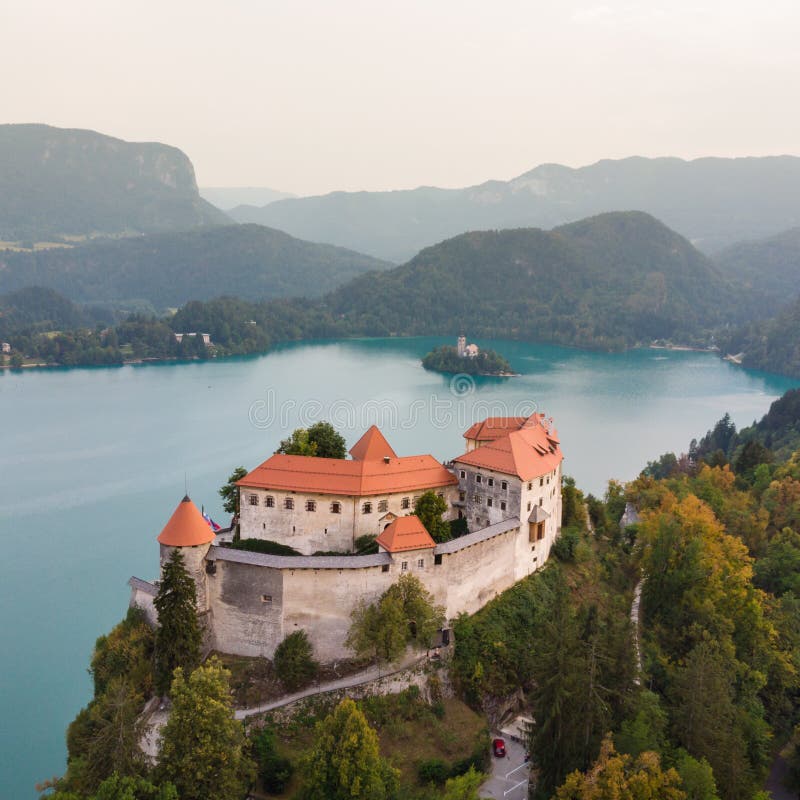

Nonetheless, it was from this time that they were included in the Western, or Roman Catholic, church. Modern Slovenes tend to view the coming of German rule as a national calamity, as it subjected the Alpine Slavs to steady pressure to Germanize. One of these was run by the counts of Celje, who were powerful in the Middle Ages but whose lineage died out in 1456. Habsburg rule was based on a bureaucracy that shared power with local noble-run estates. Carinthia and Carniola fell into Habsburg hands in 1335, Istria in 1374, and the city of Trieste in 1382.

Following the defeat of Otakar in 1278, Styria was acquired by the Habsburg family. In the 13th century they fell to Otakar II of Bohemia, who, like Samo, tried to establish a Slavic empire. Over the next three centuries, the marches came under the tenuous authority of several territorial dynasts. German lay and clerical lords arrived, along with dependent peasants, and enserfed the Slovenes, whom they called Wends or Winds. As part of the defense of that kingdom against Magyar invaders, they were divided among the marks, or border marches, of Carinthia, Carniola, and Styria. In the 10th century, after the partitioning of the Frankish empire, the lands in which Slovene speakers lived were assigned to the German kingdom. SpaceNext50 Britannica presents SpaceNext50, From the race to the Moon to space stewardship, we explore a wide range of subjects that feed our curiosity about space!.Learn about the major environmental problems facing our planet and what can be done about them! Saving Earth Britannica Presents Earth’s To-Do List for the 21st Century.Britannica Beyond We’ve created a new place where questions are at the center of learning.100 Women Britannica celebrates the centennial of the Nineteenth Amendment, highlighting suffragists and history-making politicians.
#MEDIEVAL SLAVANIA HOW TO#

From tech to household and wellness products.


 0 kommentar(er)
0 kommentar(er)
